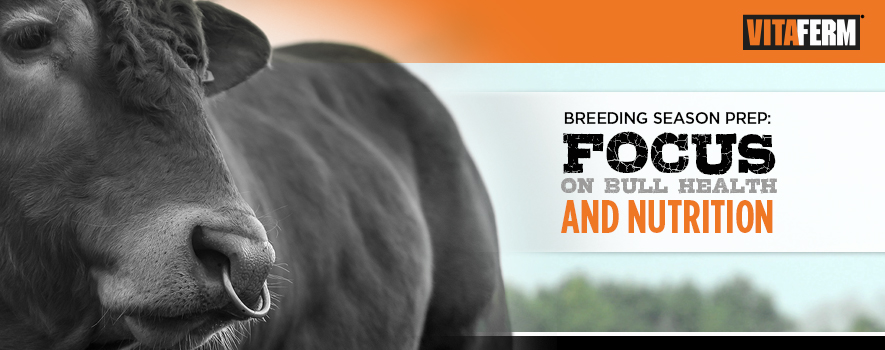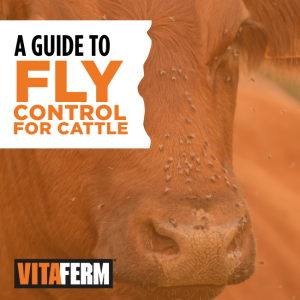
Breeding season is just around the corner, you’ve got your cows on a good supplement program and they are in great shape ready for breeding. But what about your bulls? Are they ready to service multiple females during the next few months while contributing 50% of your next calf crop’s genetic material? For optimal performance, you should start preparing a bull for turnout as soon as he is pulled from the cows the previous breeding season.
“Bull nutritional management is hard when he is on cows because he is usually limited to whatever the cows’ plane of nutrition is, so you need to assess condition as soon as they come off cows,” said Lindsey Grimes, BioZyme Area Sales Manager. “Keep in mind young bulls that come off thin will take longer to put the weight back on.”
About 30-60 days before turning out, producers should assess animal condition to make sure bulls aren’t too thin or too fat going into the breeding season. Bulls should have a moderate Body Condition Score (BCS) around 6. If they are too thin, increase their energy gradually. Stepping up energy too fast can induce digestive upsets. Conversely, if a bull is too fat, slowly transition them to a less energy-dense ration. This can usually be achieved by adding more forage to the diet.
For yearling bulls, that are still growing and developing, make sure that their diets are not more than 60% grain-based, easing the transition to a purely forage-based diet. Yearling bulls that are still growing need 13.5-14% protein, while mature bulls can thrive on 12% protein.
Bull diets need to be balanced for nutrients, and they need to have a good water source readily available. Not only are you ensuring animal protein and energy requirements are met that are essential for optimal performance, but adequate vitamin and mineral supplementation are critical for peak reproductive performance. Research has shown that feeding zinc at 60 ppm of the diet is beneficial to fertility. VitaFerm® Concept•Aid® mineral supplements offer proteinated copper, zinc, and manganese and high levels of Vitamin E. All are research-proven to benefit fertility and conception. In addition, they include Amaferm®, which will aid in forage digestibility and nutrient absorption.
Conduct a breeding soundness exam (BSE) 30-60 days prior to turnout, regardless of your bull’s age, to confirm if your bull has the ability to cover cows and get them bred. Research has shown that bulls with scores greater than 71 have a dramatically higher conception rate than those scoring 70 or less. When compared to the cost of using a sterile or sub-standard bull, the money invested in a BSE is well spent.
Promoting exercise can also play a role in reproductive success. Be sure to position feed and water sources to encourage movement and improve an animal’s physical fitness.
Provide protection from extreme environmental elements. Bulls should be protected from severe cold and heat prior to turn out as these factors can impact semen production and quality. Providing bedding during winter and spring storms will also protect the scrotum from frostbite.
Finally, it’s essential to have a herd health protocol established with your vet to determine when to administer vaccines, help with parasite control, and test for Trichomoniasis for herd biosecurity.
Preparing your bull for breeding season happens year-round, but as turnout approaches be sure your bull is in proper condition, has sound feet and legs, has passed a BSE and is ready from a nutritional standpoint. Following a few simple steps will help ensure reproductively sound bulls that are ready to help produce your next calf crop.


